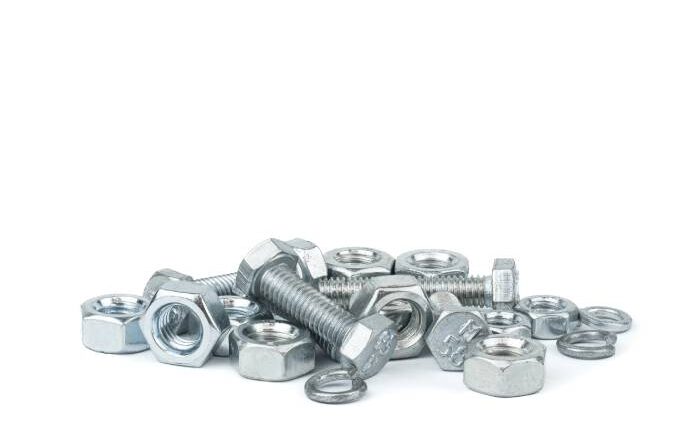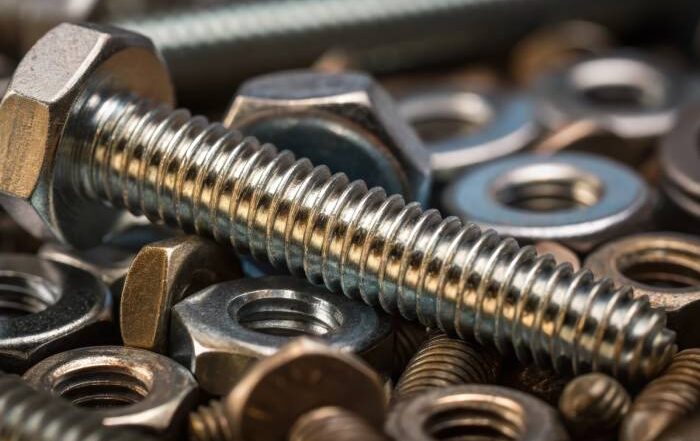
Date Posted:
July 2, 2018
Post Author:
Marsh Fasteners
Categories:
There is a vast array of different types of fasteners out there, most of which have many different uses within a variety of different industries, too. Below, we take a look at the most common types of fasteners and how to properly identify them.
Fasteners are, in essence, hardware devices that mechanically joins two components together. Generally, fasteners include a wide range of screws, including wood, machine, sheet metal and mating screws, as well as a selection of bolts, including carriage, lag, eye, shoulder, elevator and U-bolts, to name a few.
Almost all of these fasteners are categorized according to things like their head styles, washer types, drive types and nut types. Let’s take a look at this in more detail…
Head Styles
In terms of head styles, fasteners can feature flat, oval, round, hex, button and truss designs. These styles sometimes serve a functional purpose, and sometimes the differences in shape are merely down to decorative preferences.
All these different head shapes can actually be divided into two basic categories: countersunk and non-countersunk. Non-countersunk screws are those where the head is fully exposed. These include button, hex, round and truss designs, as well as fillister, cheese and flange shapes. Countersunk screw heads mainly consist of flat, oval and bugle shapes. With these, there is no part of the screw that protrudes above the surface of the material. Screw covers – or beauty caps – can also be added to the tops of these to hide the screws completely.
Washer Types
Washer types can vary from flat and fender to dock and square. Other common washer types include sealing, ogee and split lock variants.
Flat washers are used to evenly distribute the load of a fastener as it is tightened. Fender washers are mainly used to prevent screws from pulling through the material and to provide a greater bearing surface under the head of the fastener. Dock washers are similar to the fender variety, except that they are usually thicker and are wider relative to the diameter of the bolts with which they are used.
Drive Types
Drive types include slotted, combination, one way and square to name but a few.
There are actually hundreds of drive types, but these are among the most popular. Although they can sometimes be used interchangeably, depending on which fasteners and drivers are to hand, The slotted screw is the most common and the first to be developed. They work well when carefully hand-driven, but it is quite easy for the heads of screwdrivers to slip out of the slot. Later designs came into being partially to solve this problem but also to prevent common problems, such as overtightening.
Nut Types
The different nut types in fasteners are also quite extensive and include wing, acorn, hex, flange, castle and jam. Wing nuts are designed to allow easy manual turning and installation. Castle nuts feature slots cut into their tops and are used in low-torque applications such as holding wheel bearings. Hex nuts usually couple with hex head bolts and are tightened with wrenches.
Ultimately, the type of fastener that you purchase will depend on what you intend to use it for. For more information on what type would be your best bet, be sure to get in touch with the team at Marshfasteners.



